Directions

MIXING THE DOUGH:
Pour 1/2 cup of the warm water into a small bowl. Sprinkle the yeast and sugar over the surface. Stir to dissolve and let stand at room temperature until foamy, about 10 minutes.
Place 1 1/2 cups of the flour and the salt in a large bowl. Make a well in the center of the flour and add the eggs, honey, oil and remaining 1 1/2 cups water. Using a balloon or dough whisk, beat vigorously for about 1 minute. Add the yeast mixture and beat vigorously for 1 minute more, or until the dough comes together. Switch to a wooden spoon when the dough clogs the whisk. Add the remaining flour, 1/2 cup at a time, until a soft, shaggy dough that just pulls away from the sides of the bowl forms.
KNEADING:
Turn the dough out onto a lightly floured work surface. Knead until firm yet still springy, about 5 to 7 minutes, dusting with flour 1 tablespoon at a time, just enough to prevent the dough from sticking to your hands and the work surface. This dough will be very smooth, have a soft elastic quality, but never stiff, and will hold its shape.
RISING:
Place the dough ball in a greased deep container, such as a plastic rising bucket, turn once to grease the top, and cover loosely with plastic wrap. Mark the container to indicate how high the dough will be when risen to double.
Let rise at room temperature until double in bulk, 2 to 2 1/2 hours. Do not allow the dough to rise more than double; over-risen dough has a tendency to tear, and the baked loaf will not be as fluffy as it has the potential to be.
Gently deflate the dough by inserting your fist into its center, re-cover and let rise again until double in bulk, 1 to 1 1/2 hours. In a pinch, this second rise can be skipped, but the flavor is much nicer if you can give the dough the extra time.
SHAPING THE DOUGH AND THE FINAL RISE:
Turn the dough out onto a lightly floured work surface; it will naturally deflate as you do. Lightly grease the bottom and sides of 3 9-by-5-inch loaf pans or line 2 baking sheets with parchment paper to prevent sticking. Without working the dough further, divide it into 3 equal portions if using the bread pans or 2 equal portions if making free-form loaves. Further divide each portion into 3 equal sections.

Using your palms, roll each section into a fat cylinder about 10 inches long for the pan loaves and about 16 inches for free-form loaves, which are tapered at each end. Be sure these ropes are of equal size and shape.
 Place 3 ropes parallel to each other. Begin braiding, starting in the center rather than at the ends for a more even shape. Take one of the outside ropes and lay it over the center rope, then repeat the movement from the opposite side. Continue by alternating the outside ropes over the center rope. When one-half is braided, rotate the half-braid and repeat the procedure from the middle out to the other end. Adjust or press the braid to make it look even. Tuck the ends under and set into a loaf pan or place a loaf on one of the the baking sheet for free-form loaves, pinching the ends into tapered points.
Place 3 ropes parallel to each other. Begin braiding, starting in the center rather than at the ends for a more even shape. Take one of the outside ropes and lay it over the center rope, then repeat the movement from the opposite side. Continue by alternating the outside ropes over the center rope. When one-half is braided, rotate the half-braid and repeat the procedure from the middle out to the other end. Adjust or press the braid to make it look even. Tuck the ends under and set into a loaf pan or place a loaf on one of the the baking sheet for free-form loaves, pinching the ends into tapered points.
 Beat the egg and the water glaze with a fork until foamy. Using a pastry brush, brush the tops of the loaves with some of the egg mixture. Do not let the egg glaze drip down into the sides of the pan or it will make the bread stick and inhibit the rising in the oven. Refrigerate the extra glaze.
Beat the egg and the water glaze with a fork until foamy. Using a pastry brush, brush the tops of the loaves with some of the egg mixture. Do not let the egg glaze drip down into the sides of the pan or it will make the bread stick and inhibit the rising in the oven. Refrigerate the extra glaze.
Cover the loaves loosely with plastic wrap and let rise at room temperature until the dough is almost double in bulk and about 1 inch over the rims of the pans, about 45 minutes.
BAKING, COOLING AND STORAGE:
About 20 minutes before baking, place the oven rack in the middle of the oven and preheat the oven to 325 or 350 degrees F (325 degrees if using glass or if your oven is convection).
Brush the surface of the loaves a second time with the remaining egg glaze and sprinkle with the seeds, or leave plain.

Bake for 40 to 45 minutes, or until the loaves are deep golden brown, the sides have slightly shrunk away from the pan, and the bread sounds hollow when tapped on the top or bottom with your finger. The larger free-form loaves can bake an additional 5 to 10 minutes. Immediately remove the loaves from the pans and transfer to a cooling rack. Let cool to room temperature before slicing.
Store wrapped in a plastic food storage bag at room temperature for up to 3 days or in the fridge up to a week or in the freezer for 4 months.
Makes 3 standard loaves or two (14-inch) free-form braids Adapted from source: Bread Made Easy: Master Recipes and Instructions for Beginning Bakers by Beth Hensperger

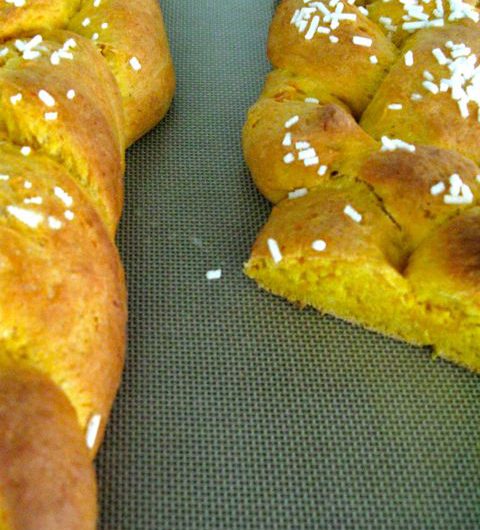
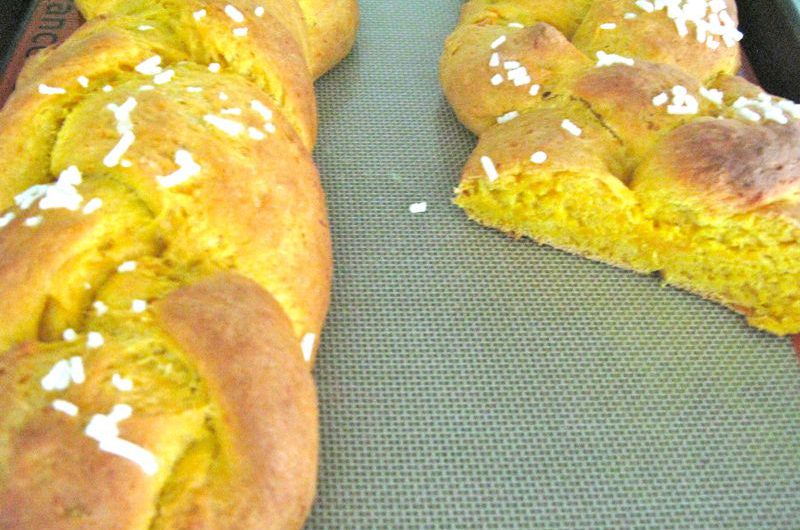
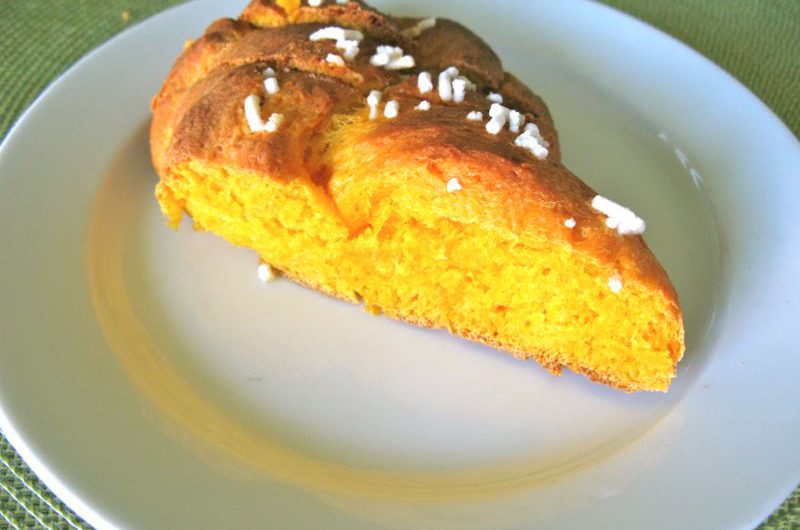
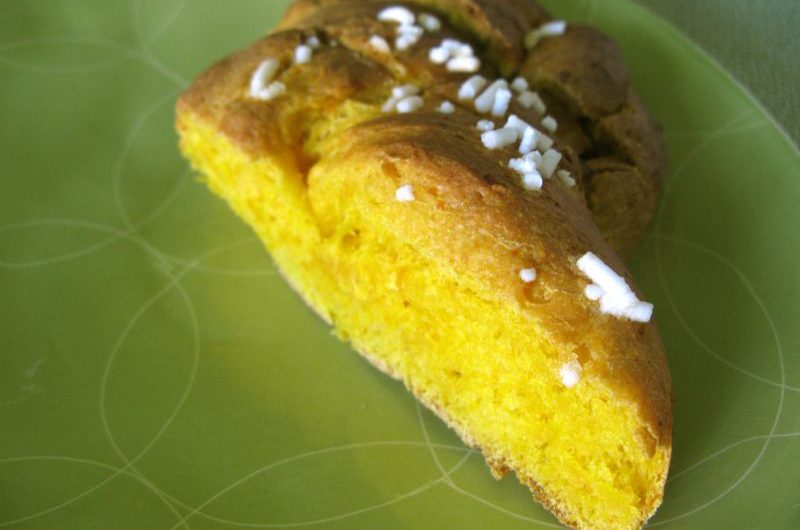
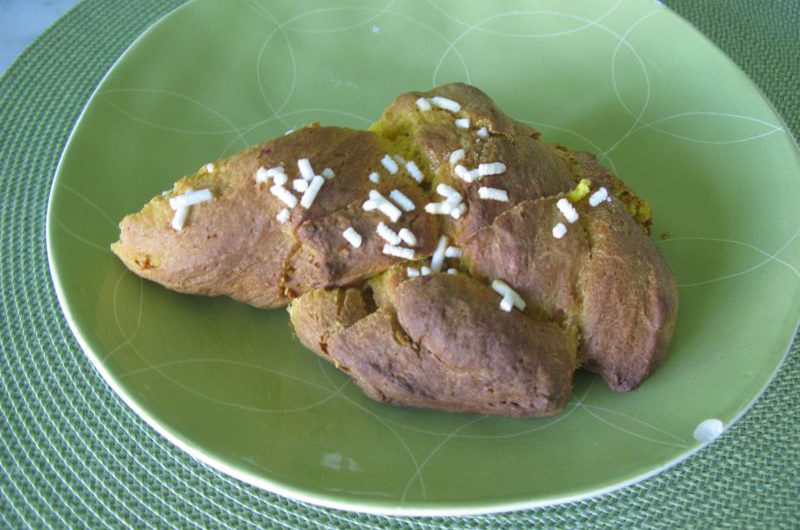
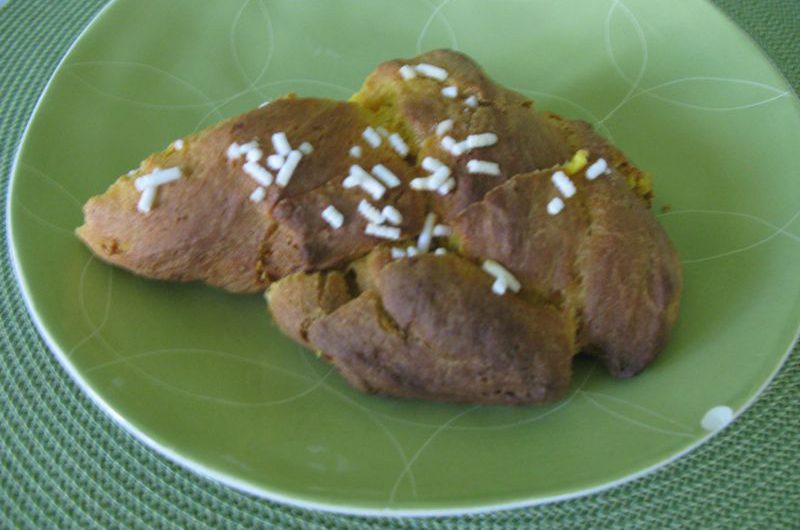
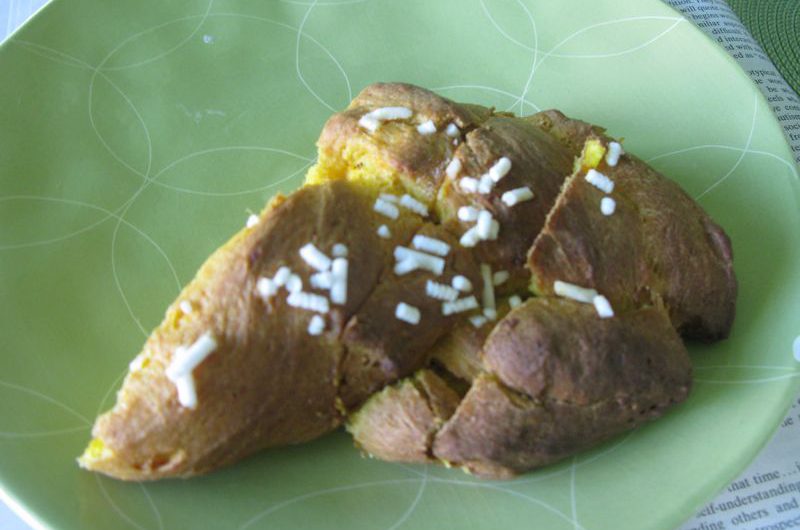

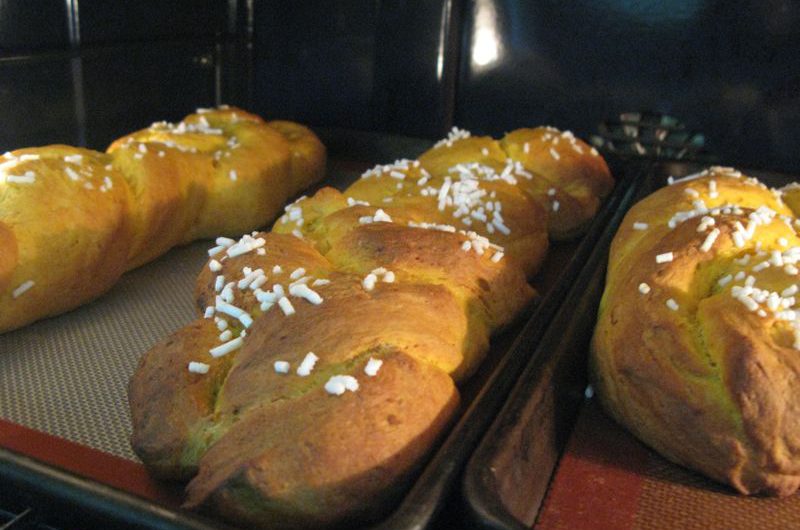


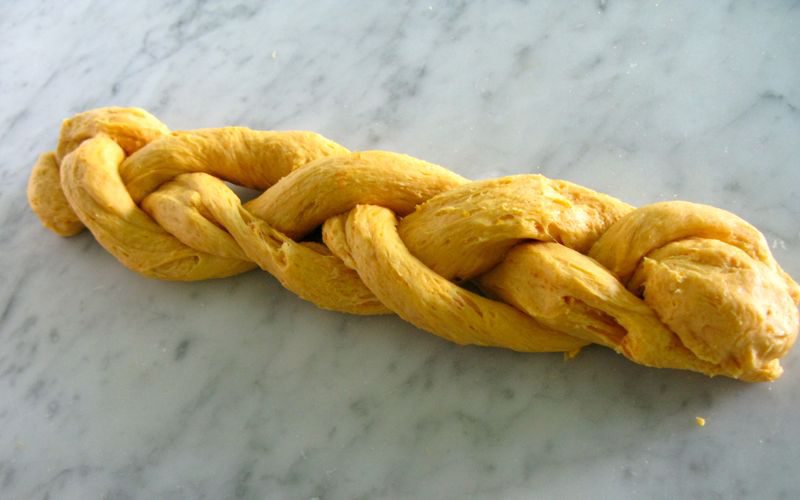

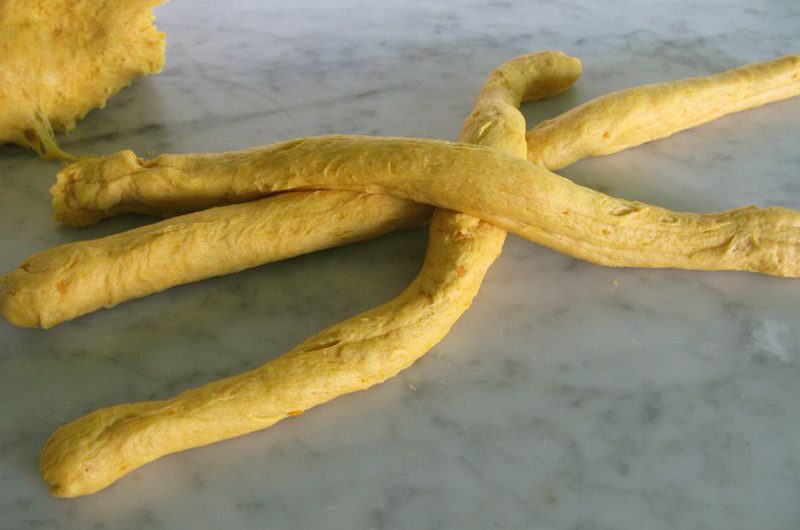
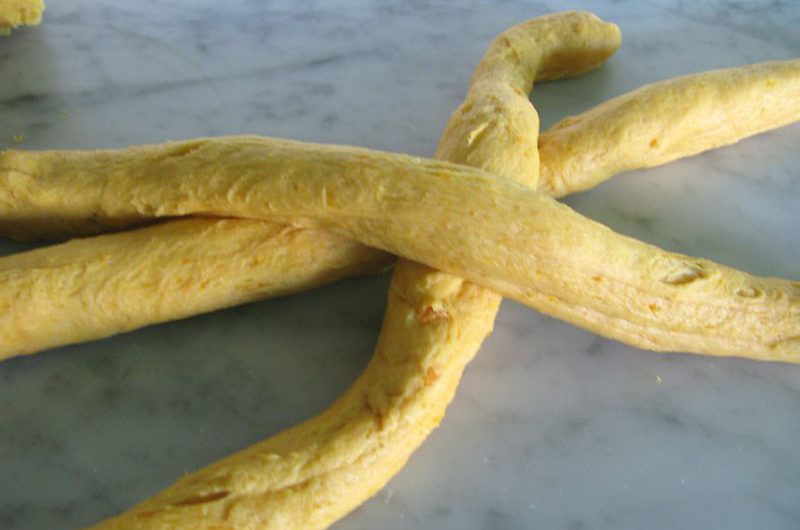


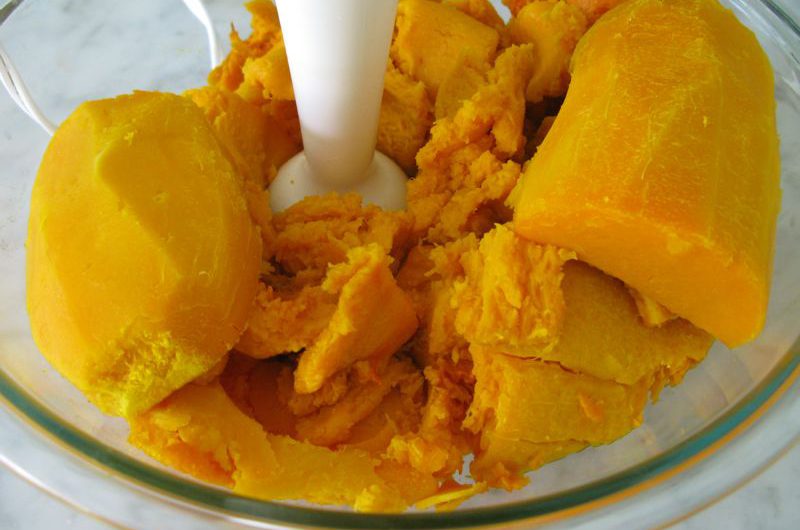
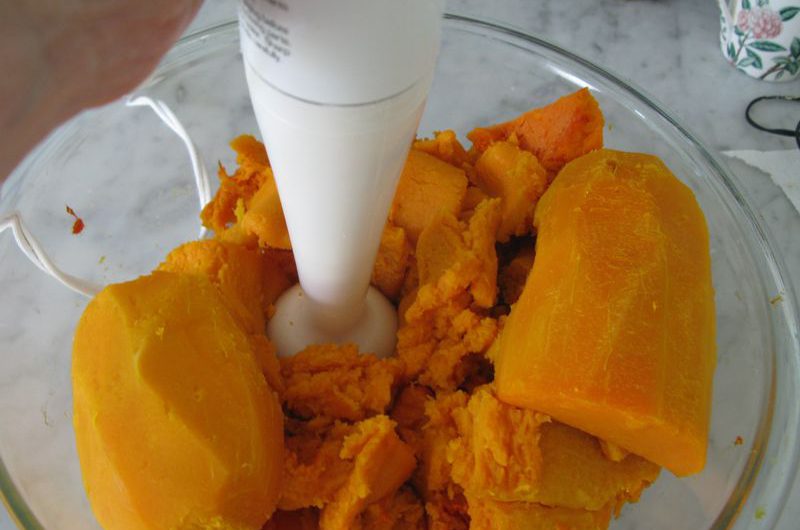
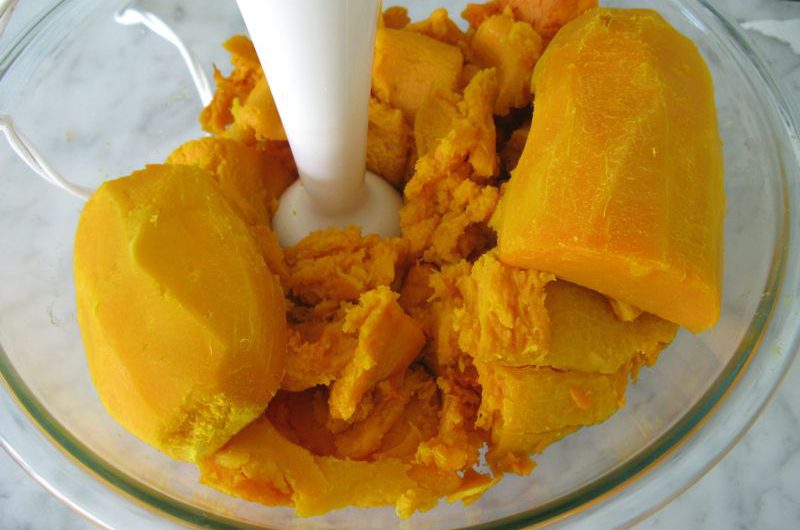

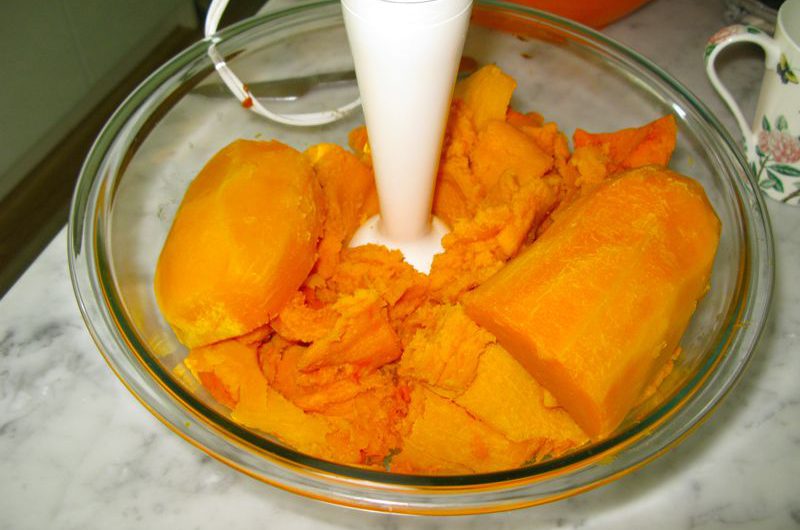


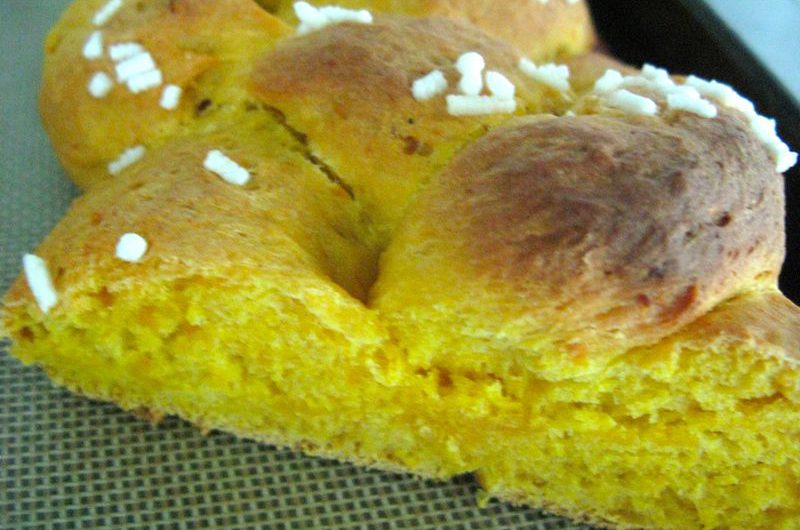





 Place 3 ropes parallel to each other. Begin braiding, starting in the center rather than at the ends for a more even shape. Take one of the outside ropes and lay it over the center rope, then repeat the movement from the opposite side. Continue by alternating the outside ropes over the center rope. When one-half is braided, rotate the half-braid and repeat the procedure from the middle out to the other end. Adjust or press the braid to make it look even. Tuck the ends under and set into a loaf pan or place a loaf on one of the the baking sheet for free-form loaves, pinching the ends into tapered points.
Place 3 ropes parallel to each other. Begin braiding, starting in the center rather than at the ends for a more even shape. Take one of the outside ropes and lay it over the center rope, then repeat the movement from the opposite side. Continue by alternating the outside ropes over the center rope. When one-half is braided, rotate the half-braid and repeat the procedure from the middle out to the other end. Adjust or press the braid to make it look even. Tuck the ends under and set into a loaf pan or place a loaf on one of the the baking sheet for free-form loaves, pinching the ends into tapered points. Beat the egg and the water glaze with a fork until foamy. Using a pastry brush, brush the tops of the loaves with some of the egg mixture. Do not let the egg glaze drip down into the sides of the pan or it will make the bread stick and inhibit the rising in the oven. Refrigerate the extra glaze.
Beat the egg and the water glaze with a fork until foamy. Using a pastry brush, brush the tops of the loaves with some of the egg mixture. Do not let the egg glaze drip down into the sides of the pan or it will make the bread stick and inhibit the rising in the oven. Refrigerate the extra glaze.

